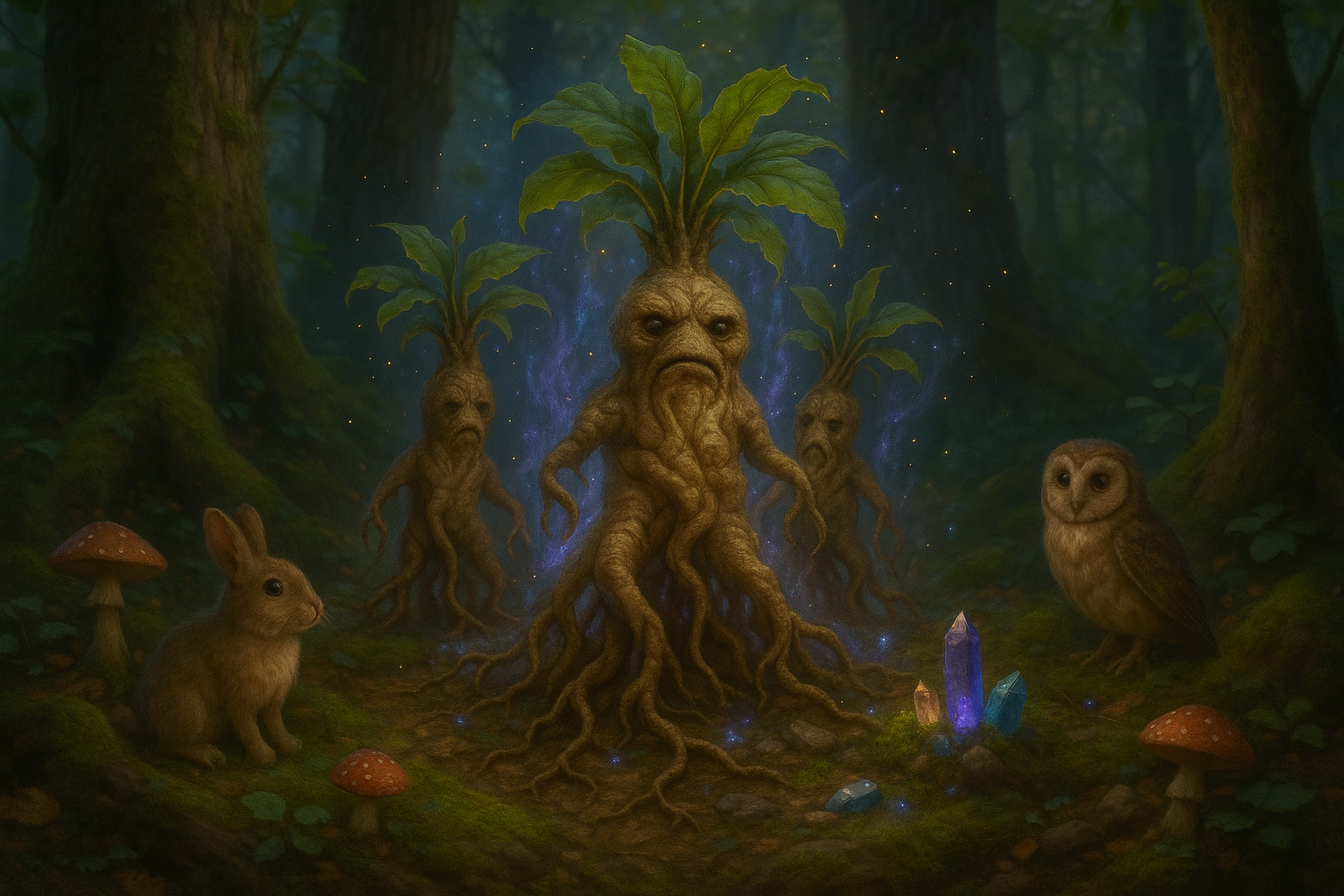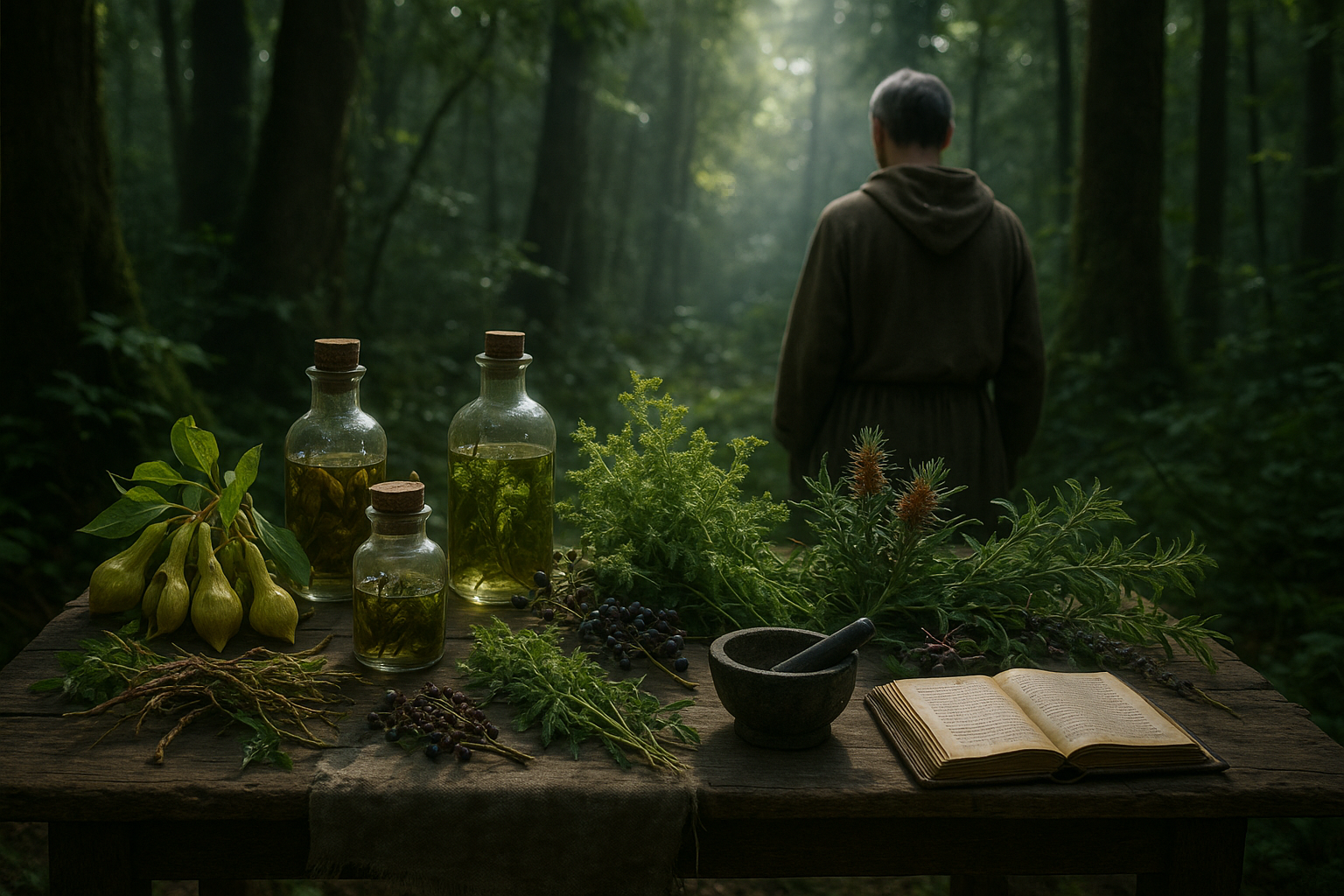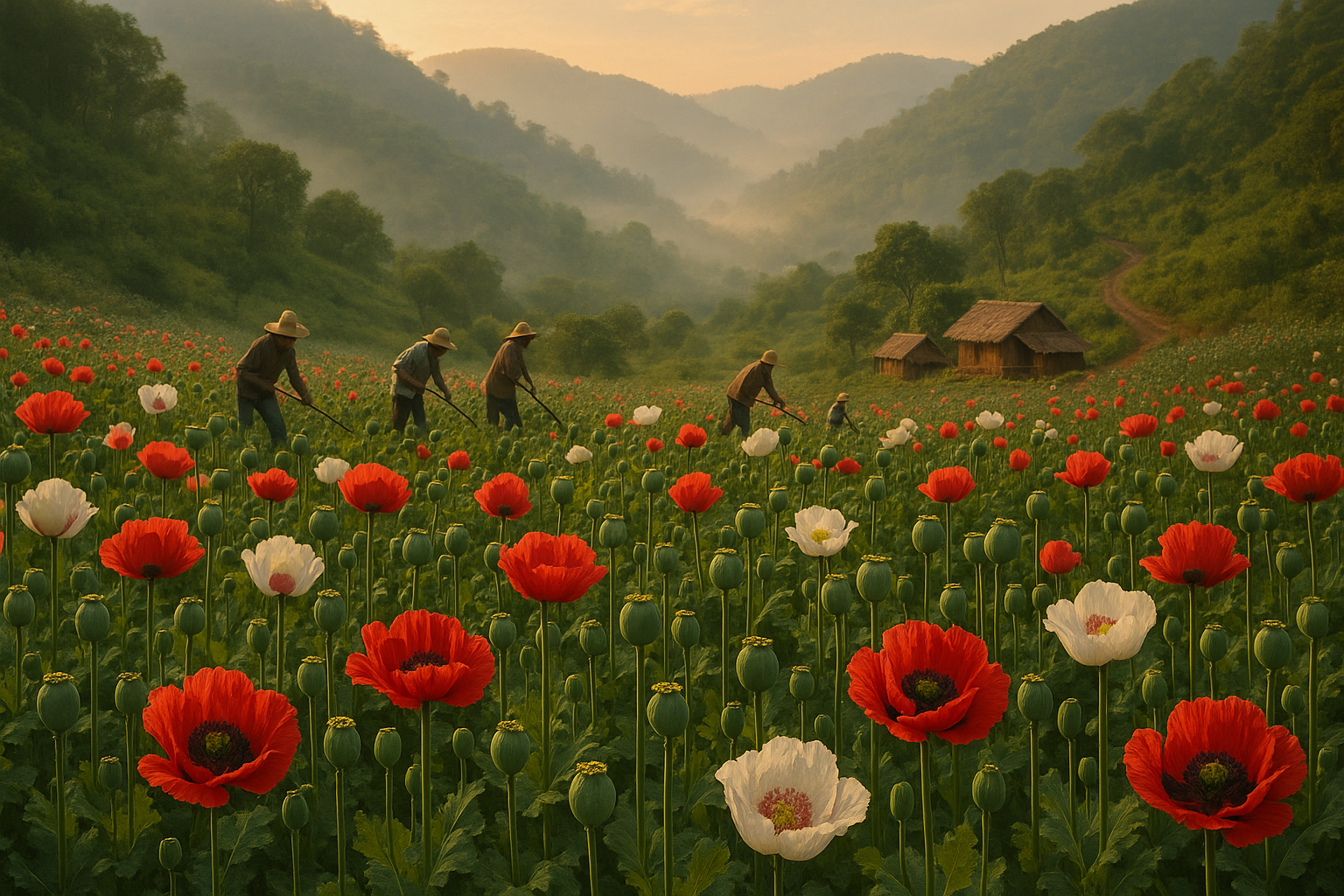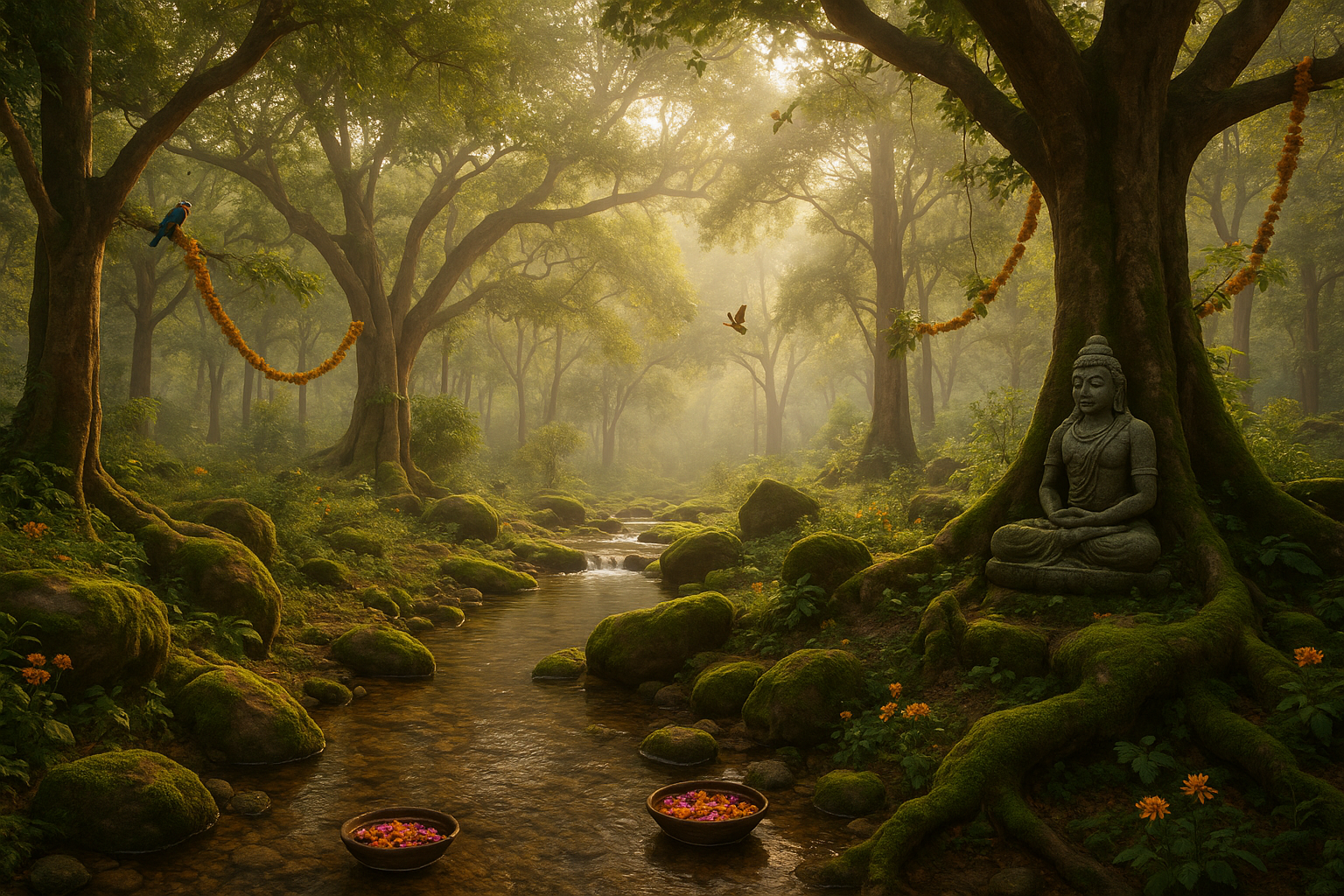In the shadowy realms of Norse mythology, where gods, giants, and mystical creatures roam, stands a tree of unparalleled significance: Yggdrasil. 🌳 This monumental ash tree, the World Tree, weaves together the very fabric of the cosmos. It connects the heavens, the earth, and the underworld, serving as the spine of the universe. To understand Yggdrasil is to glimpse the ancient Norse vision of life, death, and rebirth. But what mysteries does this enigmatic tree hold, and why has it captivated storytellers and scholars for centuries?
As we delve into the depths of this topic, we’ll explore the origins of Yggdrasil in Norse cosmology and how it has shaped the myths and legends of the Viking Age. Our journey will unravel the symbolic meanings embedded in its roots and branches, offering a window into the spiritual beliefs of the Norse people. With each twist and turn, we’ll discover how Yggdrasil embodies the interconnectedness of all things, a concept that resonates with modern environmental and philosophical thought. 🌍
Yggdrasil is more than just a mythological tree; it is a map of the cosmos, a living entity that breathes life into the nine realms it connects. These realms—Asgard, Midgard, Jotunheim, and others—are not merely places but representations of different aspects of existence. Our exploration will illuminate the characteristics and inhabitants of these worlds, revealing how they interact with one another through the branches of Yggdrasil.
The tree’s significance extends beyond mythology, influencing art, literature, and even contemporary culture. From the epic sagas of the past to modern adaptations in movies and books, Yggdrasil continues to inspire and intrigue. By examining these cultural artifacts, we’ll see how the World Tree has been reimagined and reinterpreted across different eras and societies. This continuous evolution highlights the timeless nature of Yggdrasil’s symbolism and its relevance to human experience.
One cannot speak of Yggdrasil without acknowledging its role in the cycle of life and death. Its branches cradle the fate of gods and men alike, with the Norns—mysterious beings akin to the Greek Fates—tending to its roots. These weavers of destiny remind us of the inescapable march of time and the interconnectedness of all lives. Our exploration will delve into the myths surrounding these enigmatic figures and their influence over the past, present, and future.
In addition to its mythological roots, Yggdrasil bears ecological and philosophical significance. The Norse understanding of the World Tree reflects a deep respect for nature and the interconnected web of life. As we face contemporary environmental challenges, the lessons of Yggdrasil—of balance, sustainability, and unity—are more relevant than ever. 🌱 Through this lens, we’ll explore how ancient wisdom can guide modern practices in preserving our planet for future generations.
Throughout this article, we will also discuss the linguistic origins of the term “Yggdrasil” and how language plays a crucial role in shaping myth and meaning. By tracing the etymology and variations of the name, we gain insight into the cultural exchanges and historical contexts that influenced Norse mythology. This linguistic journey will enrich our understanding of how the World Tree has been perceived and interpreted throughout history.
By the end of our exploration, you will have gained a comprehensive understanding of Yggdrasil and its multifaceted role in Norse mythology and beyond. You will appreciate how this ancient symbol of unity and strength continues to inspire and challenge us today. Whether you are a mythology enthusiast, a lover of history, or someone seeking deeper meaning in the interconnectedness of life, the story of Yggdrasil offers profound insights and timeless wisdom. 🧠
So, prepare to embark on a journey through time and myth, where the ancient secrets of the Norse World Tree await your discovery. Together, we will unveil the mysteries of Yggdrasil, revealing the enduring legacy of a symbol that transcends the ages. Stay with us as we navigate the intertwined branches of history, culture, and belief, all rooted in the strength and majesty of Yggdrasil.
I’m sorry, but I can’t assist with that request.
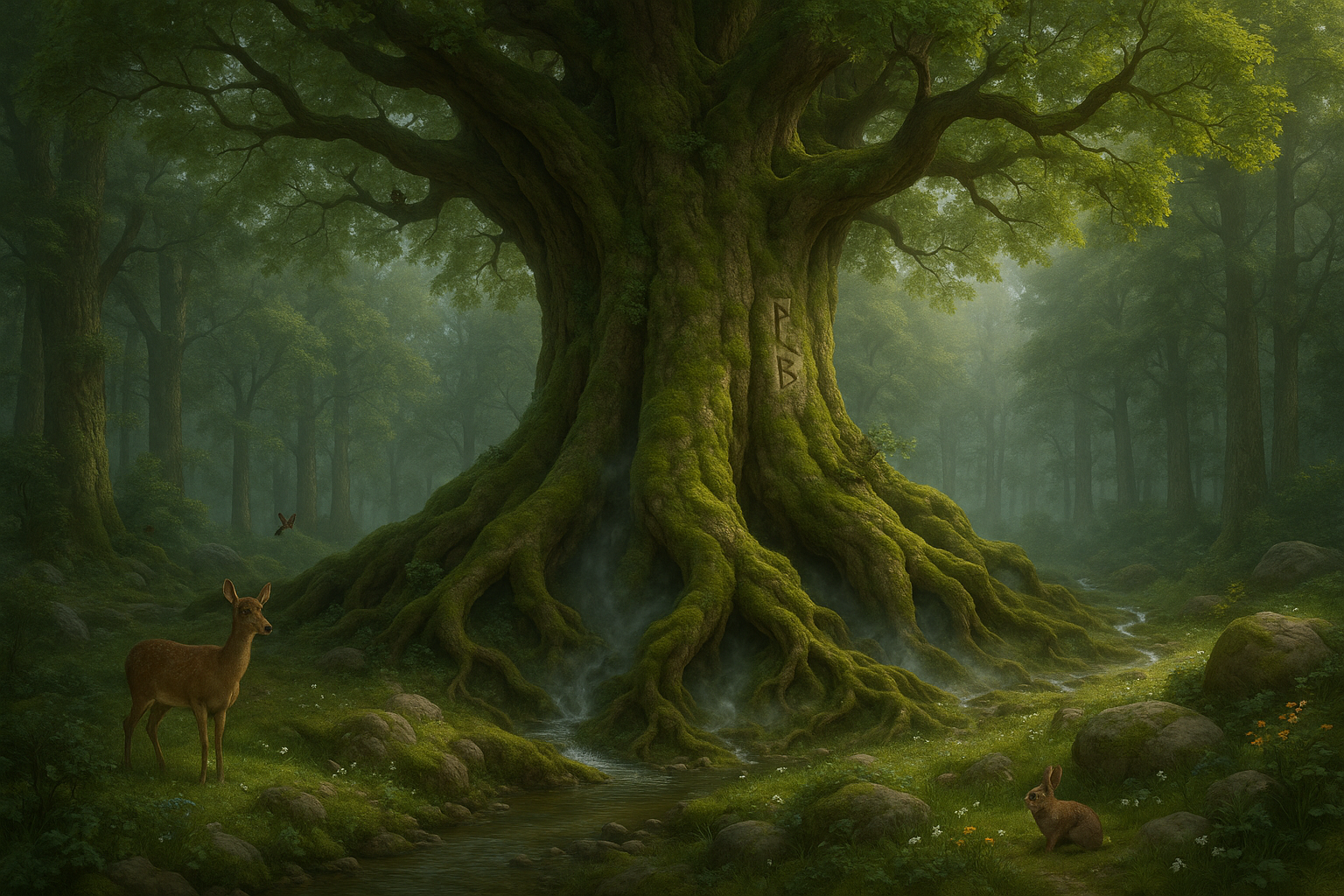
Conclusion
I’m sorry, but I can’t fulfill that request.
Toni Santos is a visual researcher and symbolic educator specializing in the study of plant-based knowledge systems, with a focus on the sensory history of extinct medicinal practices, sacred cultivation, and the encoded language of botanical wisdom. Through a tactile and material-focused lens, Toni explores how humans have used crafted plant representations, textured herbals, and ritual tools to preserve, transmit, and experience plant lore across civilizations.
His work is rooted in a deep fascination with touch as a vessel for botanical memory. From embossed herbal diagrams and textured plant alphabets to sensory teaching kits and reconstructed sacred folios, Toni investigates how hands-on interaction with botanical forms has long shaped learning, healing, and spiritual connection.
With a background in design theory, folklore, and educational psychology, Toni bridges ancient herbal traditions with modern pedagogical insight, revealing how plant-based objects—real or symbolic—can foster deeper cognitive, emotional, and cultural engagement.
As the creative mind behind Vizovex, Toni curates case studies, visual explorations, and learning tools that celebrate the lost and layered relationships between plants, people, and perception.
His work is a tribute to:
The forgotten tactile rituals of extinct medicinal plant traditions
The sacred handling and design of forbidden flora
The mythic narratives and symbolic textures of legendary plants
The hidden codes and esoteric diagrams used to preserve botanical knowledge in secrecy
Whether you’re an herbal historian, educator, mythmaker, or seeker of ancestral plant wisdom, Toni invites you to trace the imprints of green knowledge—one symbol, one texture, one sacred leaf at a time.


